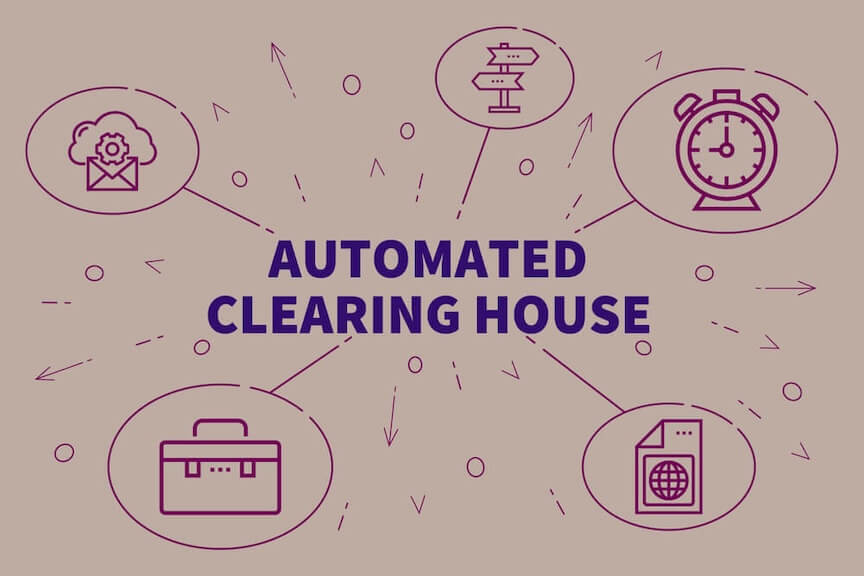Within the era of a plethora of online money-sending options and a rising number of users, ACH is the pioneering computer-based network for financial transactions. First envisioned in the late 1960s, this transaction prerogative is now stronger than ever. Here are a few guidelines on ACH money transferring and how you can use this method.
What is an ACH payment?
ACH stands for an Automated Clearing House, a facility set up to process electronic transactions within co-associating banking institutions. It has been established to explicitly support both credit transfers and direct debits. There are several ways to categorize an ACH transfer. The most dominant are External Funds Transfers (EFT) and P2P payments (Person-to-Person); you can also pay your bills, execute direct deposits from employers or employees, or handle government-related transactions. This type of network is used by most money transfer service providers, such as banks, PayPal, and Venmo, not excluding us either.
What is an ACH Number?
ACH number, also known as ACH routing number, is generally a nine-digit code representing the bank in the USA where your bank account was opened. It is by default placed in the bottom left corner of your personalized check, along with your bank account number and check number. It can be obtained from the receiving bank and is essential for completing a domestic bank-to-bank e-transfer.
How Long Does the Process Take?
A transfer or a multitude of transfers executed simultaneously can take up to several business days, typically two to three, as it is essentially different from wiring and real-time request processing, which allow you to send and receive money on the same business day.

What are the General Costs of These Transfers?
Typically, these transfers are free if you are using the service to pay bills, taxes, and/or engage in benefits. Banks may charge a fee of up to $3 for transferring money between your accounts in different banks; however, many of these external money transfers are free.
What are Some Things to Bear in Mind While Using ACH?
The convenience of this money transfer method is undeniable. However, there are a few things to consider when deciding to handle your money with this method.
Primarily, you might be restricted from transferring money due to living in a country that does not support ACH. There are also a few limits, some of which include the amount of money you can send and the frequency of transfers and withdrawals using ACH, the latter being imposed by law.
How to Make an ACH Payment?
A vast number of businesses, government entities, and private users have long utilized the ACH payment method for various purposes, as previously noted. To set up such a payment is generally rather simple; having said that, let us walk you through one of these payments.
- First and foremost, you should get to know the basics of this type of transfer and compare it to alternatives, with which we familiarized you
- Secondly, confirm whether the intended recipient is eligible for ACH credit payments through your bank. With your banker’s help, you can easily set up the payment parameters and go through with the payment.
- Within the next couple of business days, the product of your transaction will be shown.
Having established that ACH is a cost-effective and straightforward way to transfer money, it has been a transfer service of choice for many for decades and is most certainly not ceasing anytime soon.
Some alternatives to it are wiring money and real-time transferring, which might be more rapid, yet accordingly, costlier. Want to dive deeper? Learn about our features of the ACH Automation Services and Wire Transfers by checking out our website.
Last updated: October 2025

